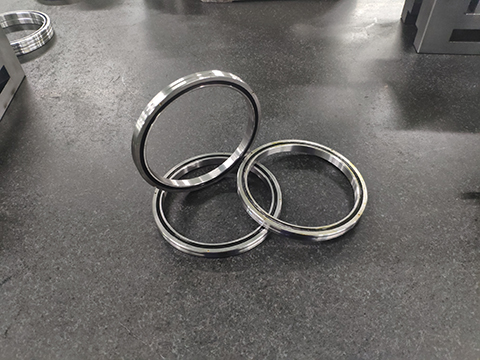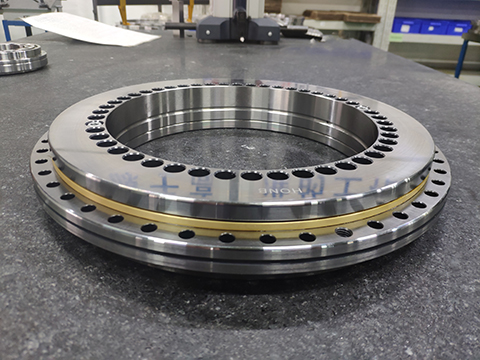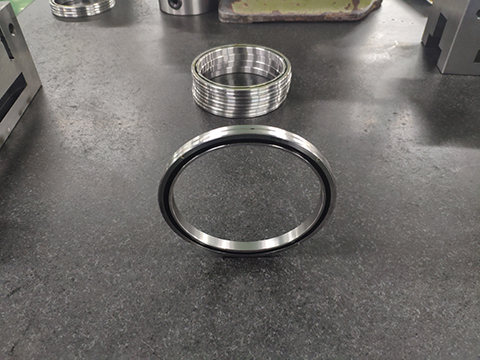The main purpose of bearing lubrication is to use lubricant to form an isolating lubricating oil film on the friction surface between the ring, rolling element and cage to reduce friction and wear of the bearing, prevent sintering, and prolong the service life of the bearing. In addition, the lubricant can also play a role in preventing bearing corrosion, reducing vibration and noise, cooling and preventing the intrusion of external foreign matter.
Grease lubrication
1. Grease lubrication has become the most commonly used lubrication method for bearings because of its convenient use and simple maintenance.The most commonly used lubricating grease for rolling bearings is bond base grease with mineral oil as the base oil. This grease has good adhesion and has good lubricating effect in a large temperature range and speed range. The applicable temperature range is - 30°C~+110°C.2. When high-speed precision bearings are lubricated with grease, the filling amount of grease is recommended to be 15%~20% of the free space inside the bearing.3. Grease-lubricated bearings must be run-in at the beginning of work. After running-in, excess grease is forced into the bearing raceway, so that the grease in the bearing is evenly distributed, and the heat balance temperature can be guaranteed to be the lowest when the bearing is working normally.4. Grease should be replenished and replaced within a certain period of time. When replenishing grease, it should be noted that greases of different types and specifications cannot be mixed, otherwise the performance of the grease will be reduced. In addition, the original grease should be cleaned when replacing the grease.
oil lubrication
When the use of grease lubrication cannot meet the high performance requirements of the machine tool, oil lubrication can be used. The most commonly used oil lubrication methods for machine tool spindle bearings include oil mist lubrication, oil-air lubrication, and oil spray lubrication. The performance characteristics of several types of oil lubrication are shown in the table below.




